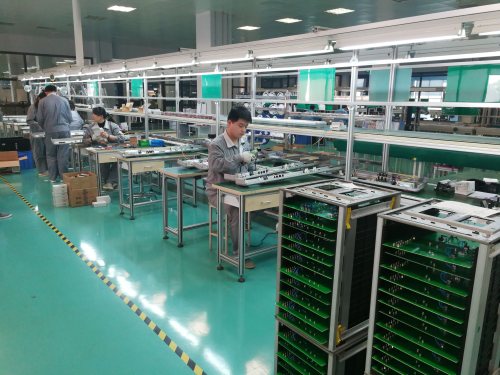TB240425S01 Pneumatic/Hydraulic Brakingsystem Band and Disc Training Bench Laboratory Educational Equipment Automotive Training Equipment
1. Introduction
This trainer is a physical dynamic demonstration teaching aid developed by our company for automobile teaching. It has functions such as live demonstration of braking operation and simulation control.
This experimental bench adopts pneumatic disc brakes and uses an integrated air pump to drive the air compressor. It uses a movable stand support, air pump, and is equipped with a seat for easy operation.
System composition: The air compressor first inputs the compressed air into the air tank through the one-way valve. After the compressed air is cooled in the air pipe and separated from the oil and water, it is divided into two circuits: one circuit leads to the rear brake air chamber through the air tank and the middle chamber of the double-chamber brake valve; the other circuit leads to the front brake air chamber through the air tank and the lower chamber of the double-chamber brake valve. Improved the safety of car driving
Working process
When the brake pedal is stepped on, the pull rod pulls the brake control valve to make it work. The compressed air in the front and rear air tanks is adjusted through the two chambers of the brake control valve respectively, and then enters the front and rear wheel brake air chambers to brake the front and rear wheels. At the same time, the two-way one-way valve connected in parallel between the front and rear brake circuits is connected to the trailer brake control valve to cut off the wet air tank from the passage to the trailer, so that the trailer is deflated and braked.
2. Main Technical Parameters
1. Motor: AC220V
2. Brake: disc brake
3. Air pump: AC220V integrated maintenance-free.
4. Weight: 1180kg
3. Equipment Installation Method
1. Open the packaging box and remove the plastic protective film.
2. Install the frame wheel, pay attention to the two universal wheels, which should be installed on one side of the operating table.
3. Connect 220V AC.
4. Check whether the wires are loose.
5. The power cord of this equipment is divided into 220v, and the two live wire phase voltages on the power plug are 220V. The other is the neutral line (note: the ground line on the two-phase power socket of the laboratory is changed to the neutral line); the equipment casing should be reliably grounded when in use.
